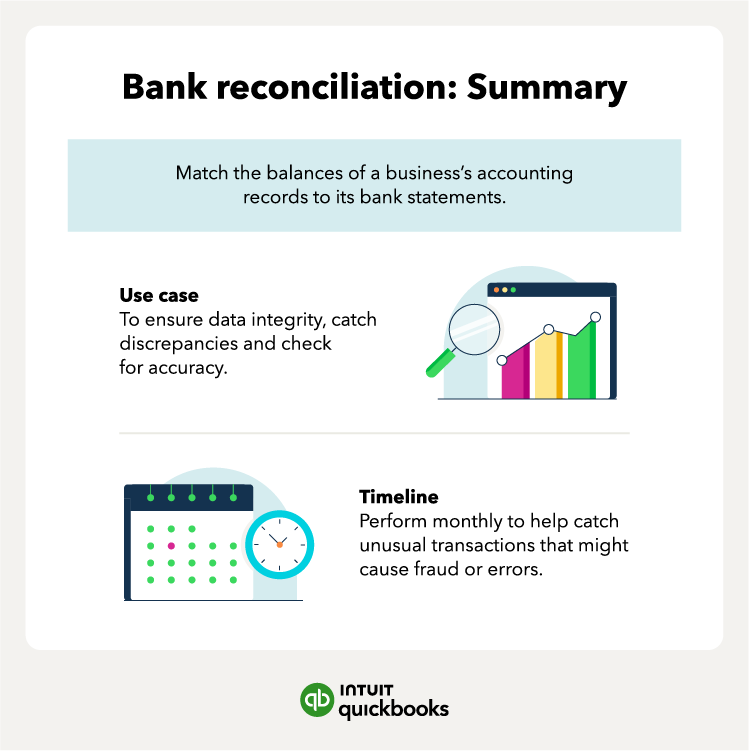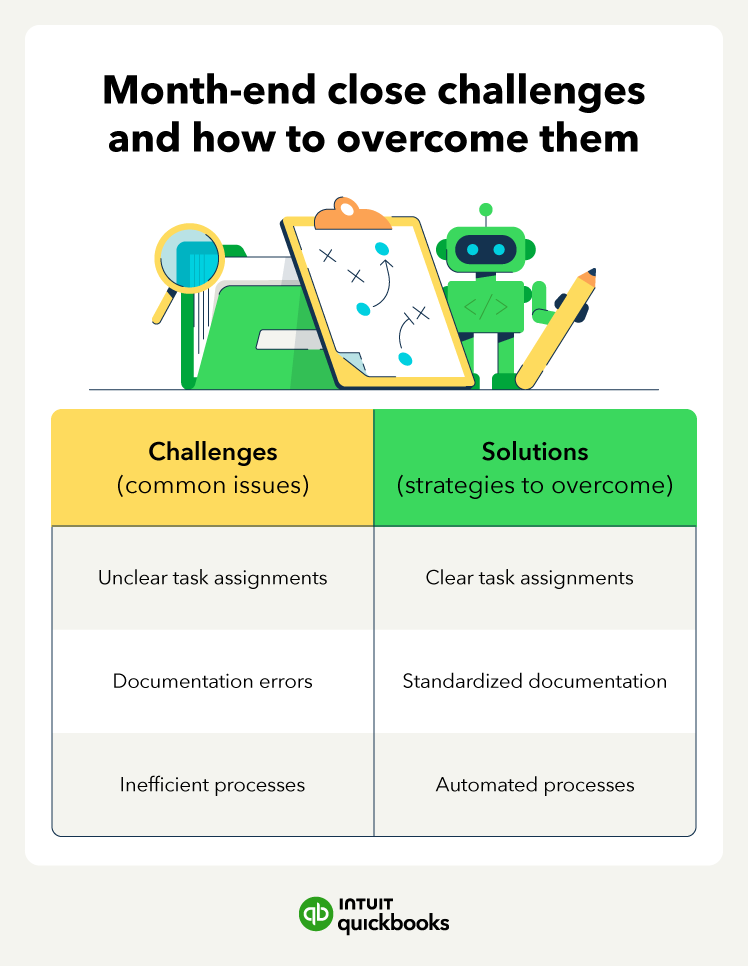Why month-end close matters for financial health and decision making
The month-end close is more than just a routine task. It ensures your records are accurate and up-to-date, providing insights to guide your business effectively.
Accurate financial records
Accurate financial records are essential to your business’s operations. Completing a thorough month-end close helps your business maintain compliance with tax laws and regulations, so you avoid penalties and file taxes efficiently.
Precise records also support effective forecasting. You can project cash flow, identify shortfalls, and prepare for expenses. For example, clear data on revenue trends might reveal seasonal fluctuations, allowing you to adjust staffing or inventory. Catching errors early prevents small discrepancies from escalating into significant financial misstatements.
Enhanced decision-making
Timely and accurate financial statements improve decision-making. By analyzing profitability, cash flow, and expenses, you can assess if your business is meeting goals and identify areas for improvement. For instance, if profit margins are shrinking, you can adjust pricing or reduce costs.
Accurate data also highlights trends and cost-saving opportunities. Are utility costs increasing? Is a product line underperforming? With clear insights, you can make proactive adjustments.
Strategic alignment
The month-end close impacts more than this month’s results—it supports quarterly and annual reporting. By aligning daily operations with long-term goals, it ensures a steady flow of accurate data for strategic planning.
Businesses preparing for audits or seeking funding need consistent financial records. A well-executed close ensures you’re audit-ready and reduces stress during critical periods. It also reassures stakeholders that your business is managed responsibly.
Industry-specific impact
A timely month-end close is vital in industries with unique financial challenges. For retail businesses, fluctuating sales volumes—especially around holidays—require precise tracking. An incomplete close could mean missing a surge in inventory costs or an opportunity to optimize staffing.
Manufacturing businesses can face complexities such as balancing supply chain costs, production timelines, and demand variability. A delayed close in this sector could disrupt forecasting and hinder operational planning.
By tailoring your month-end process to your industry, you can navigate challenges and maintain a competitive edge.











 Month-end close is the process of reviewing and finalizing financial records for the month to ensure accuracy in reporting and compliance. It includes tasks like reconciling accounts, adjusting entries, and generating financial statements.
Month-end close is the process of reviewing and finalizing financial records for the month to ensure accuracy in reporting and compliance. It includes tasks like reconciling accounts, adjusting entries, and generating financial statements. 




